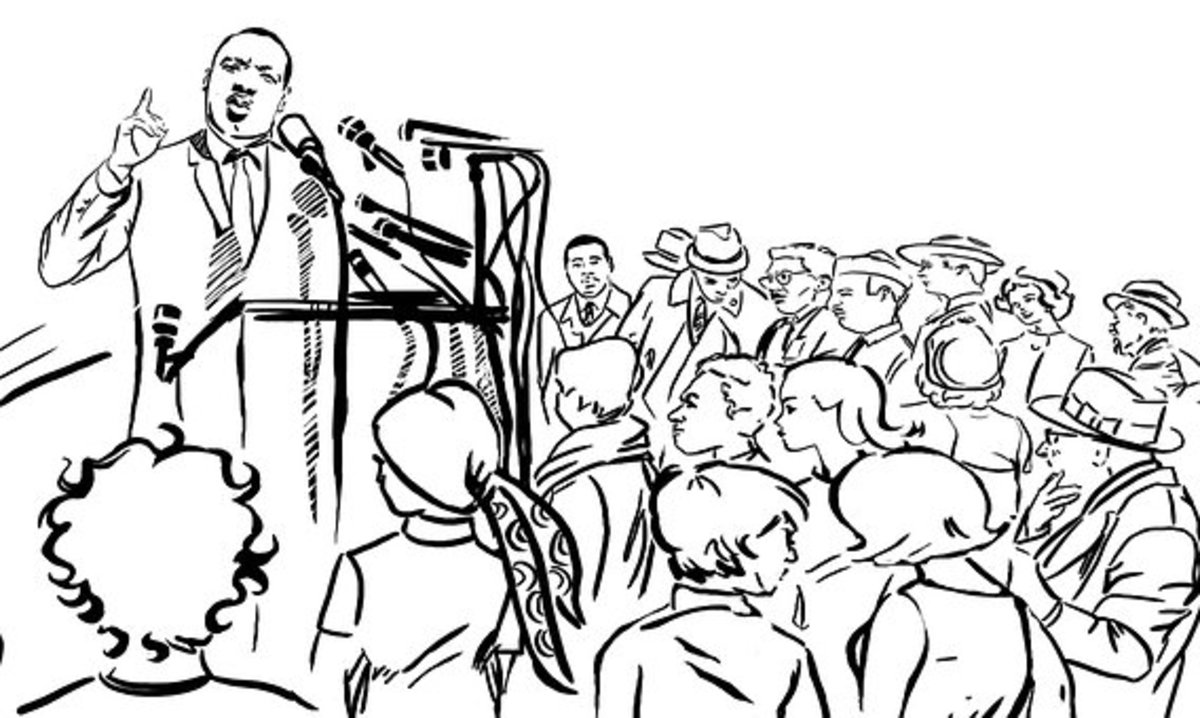Using Tongue Twisters for Accent Reduction
Tongue twisters may seem like elementary exercises for language learners, but they are actually useful and refreshing tools to reduce one’s accent and polish one’s pronunciation skills. Given their usually comic nature, they can be a refreshing break from serious elocution lessons for accent reduction. There are times when strict language learning environments become boring and ultimately no longer productive for the learners. This is when tongue twisters come in handy.
By exposing learners to fun ways on how they can learn the target language, there will be a positive reception of the activities done inside the classroom which will contribute to more motivation to learn. Tongue twisters can help instructors achieve their goal of loosening up the learners and make them more willing to engage in pronunciation activities.
How to Use Tongue Twisters
Using tongue twisters can promote mastery of the language’s sounds, stress patterns, and intonation among others. It is a great tool for elocution lessons which cover how a learner pronounces the words which are used in daily conversations for the target language.
Tongue twisters may be used as the main exercise for the day’s lesson, or it may also be used as motivational exercises or cool-down exercises before the lesson ends. When used as motivational exercises, it is a great way to set a mood which is not so tense for the lessons that follow.
When intended to be used as the main exercises, the tongue twisters used should be of varying difficulties and should also be carefully selected so as not to take up so much time when it comes to pronouncing them. Several different tongue twisters may also be given to the learners as their own exercise and they may be asked to pronounce it in front of the class.
Tongue twisters can be done as individual exercises or even as group activities should the teachers prefer. Because of its interesting nature, it can be the springboard for several other activities which will give positive reinforcement for meaningful language learning opportunities.
Practice Sessions with Tongue Twisters
As these phrases are typically pronounced quickly and in succession, the act of repetition instills the proper pronunciation of the set of words—making it an effective exercise for language learners. While tongue twisters are repetitive, it serves as great practice for pronouncing other words not included in the tongue twister as long as they share some of the properties such as similar phonemes or sound groups.
Tongue twisters may be used daily or depending on the lesson. Here are some tips when using tongue twisters for elocution lessons for accent reduction:
- Grasp the idea of the tongue twister and form relationships between the words. This enhances the learner’s understanding of the language—far more than just being able to pronounce the words. Also, understanding what the tongue twister actually means makes it easier to pronounce since you won’t just be relying on reading words, but you are conveying the idea that the words are expressing. Apart from being able to practice the spoken language, being able to thoroughly understand what the tongue twister means helps form positive relationships that increases the vocabulary as well as grammar skills of the learner as well.
- Start slowly and familiarize yourself with the words being used. You can pronounce these words individually and refer to the dictionary for stress patterns for any complex words you are unfamiliar with. Breaking down the tongue twister may help you more effortlessly pronounce it later. Remember that you don’t immediately have to be able to pronounce it very quickly. You can even pronounce just the more difficult words in particular first or practice shifting from one word to another for the more difficult parts of the tongue twister.
- Gradually build up the speed with which you pronounce the tongue twisters. Picking up the pace can help you have more control on how you are pronouncing the words. Start with a normal speed and take it from there. You’ll find that doing so would allow you to feel more familiar with how the words should be pronounced in the specific manner that they have been arranged to form the tongue twister.
- Repeat it thrice and give it a break. There are times when a set of words are pronounced too often, they begin to “lose their meaning” and just start sounding like random words. This defeats the purpose of knowing what you are saying. Saying words properly count, but being able to give them meaning while you are saying them also matters. When you have paused for a few seconds, give it a fresh start and you’ll realize how the words are no longer just the string of words that they previously were.
- Practice until you can quickly say the tongue twisters without pausing. You can do this on a daily basis and even practice more than one tongue twister at a time. Finding tongue twisters with phonemes that you are having particular difficulties with can make you learn it better and in a fun manner.
Crafting Your Own Tongue Twisters
To make learning even more fun, you can write your own tongue twisters and focus on phonemes or groups of words which you know you are having difficulty with. Here are some steps to get you started:
- Identify which words you are having difficulty with. You may have some problems pronouncing digraphs—the likes of /sh/, /th/, and /ph/ among others. Have a list of words you know you have difficulty pronouncing and you can use one of those words as the basis of the tongue twisters you will be making.
- You may also use minimal pairs or words which have just a difference in a single unit of sound or phoneme such as: pin, bin, tin, etc.
- You can use a dictionary for finding digraphs that you can turn into tongue twisters. Generally, you can use a dictionary for finding words you can use for the tongue twisters since more often than not, the most similar-sounding words have the same first few letters which lend them their sounds.
- Once you have your own set of words, you can begin arranging them to make your own tongue twister. Don’t worry about them not making a whole lot of sense or if you think that the situation being described is totally impossible! This is one of the most entertaining things about tongue twisters since they come up with comic situations that add to the fun of pronouncing them.
Other Resources for Finding Tongue Twisters
Tongue twisters are a form of alliteration. Because of this, you may find them in poems and other poetic words. Usually, they are present in children’s book and even resources for nursery rhymes. Of course, you can also find numerous tongue twister resources online from which you can find those which are fun and difficult to pronounce.
There are even songs and book titles that can be tongue-twister like! Your resources are virtually endless, but it would take some effort in finding tongue twisters sometimes. Referring to a collection of poems or nursery rhymes may be your best bet, but who knows—some clever magazine article or something to that effect may also be your new source for tongue twisters you can use.
Although obscure and comical in nature, these tongue twisters help enrich your vocabulary while you are taking your elocution lessons for accent reduction! These also greatly improve your pronunciation skills and also make your accent more neutral.








